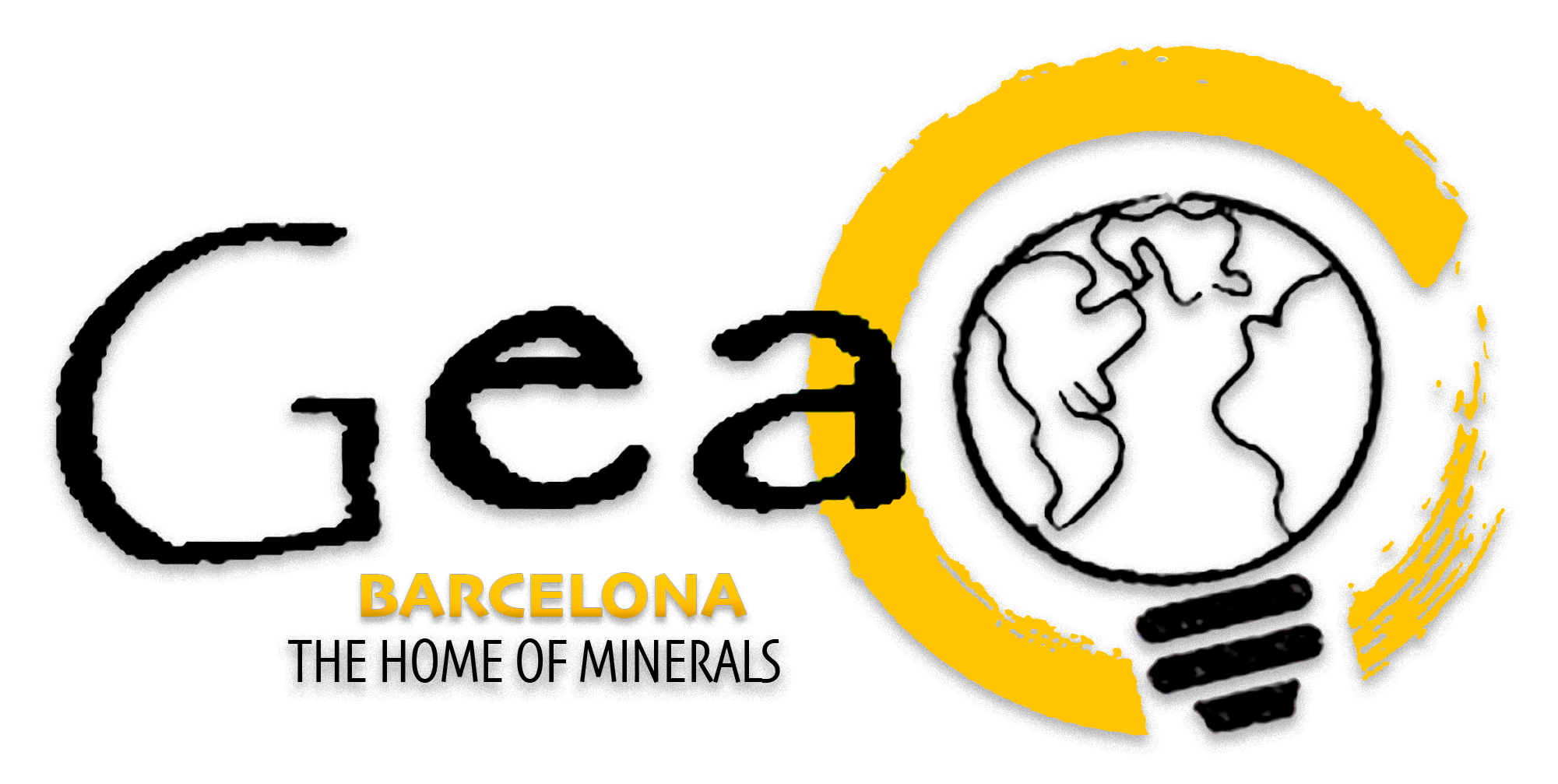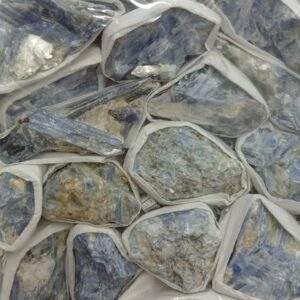BLACK TOURMALINE
Natural, 3-4cm.
Tourmaline is a mineral of the silicate group, known for its chromatic variety. It can be green, pink, red, blue or black, depending on the chemical elements contained in its composition. Although their formula may vary slightly, they all have the same trigonal crystal structure, which forms elongated, prismatic crystals.
It forms mainly in igneous and metamorphic rocks, in geological environments rich in aluminium, iron, magnesium and lithium. The main producing countries are Brazil, Afghanistan, the United States and Madagascar.
Tourmaline has been used in technology for its piezoelectric capacity. It is also considered a stone of cleansing, protection and transformation, although its properties vary according to colour. The most common is black tourmaline, known as the protection stone par excellence. It is used in therapies, cures, healing, to cleanse energies or neutralise electromagnetic waves.
sale per kg.
Tourmaline is a mineral of the silicate group, known for its chromatic variety. It can be green, pink, red, blue or black, depending on the chemical elements contained in its composition. Although their formula may vary slightly, they all have the same trigonal crystal structure, which forms elongated, prismatic crystals.
It forms mainly in igneous and metamorphic rocks, in geological environments rich in aluminium, iron, magnesium and lithium. The main producing countries are Brazil, Afghanistan, the United States and Madagascar.
Tourmaline has been used in technology for its piezoelectric capacity. It is also considered a stone of cleansing, protection and transformation, although its properties vary according to colour. The most common is black tourmaline, known as the protection stone par excellence. It is used in therapies, cures, healing, to cleanse energies or neutralise electromagnetic waves.
Quantity



